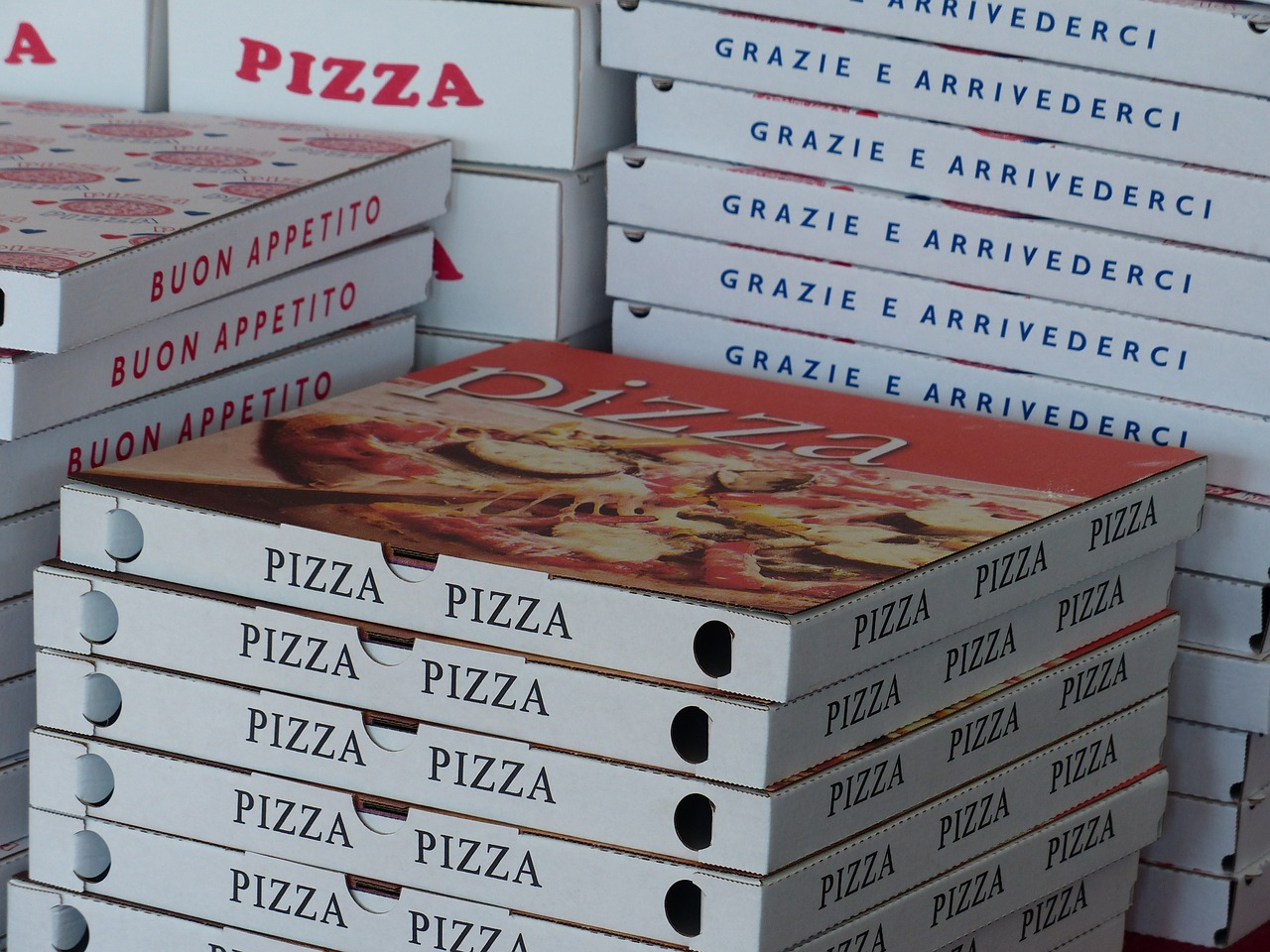These days, strolling through New York recreates for me the experience of viewing a series of double exposure photos. I see the image of what is there and the shadow of what was once there, overlaid on the scene by my memory. Though I’ve long been inured to this eerie sensation, I retain the ability to be disturbed by the sudden realization that a mainstay of my daily landscape has been wiped away when I wasn’t looking. I was hit by such a bombshell last weekend at Paulie Gee’s Slice Shop in Greenpoint. The experience was akin to eating pizza on top of your own grave.
A new venture by the popular brick oven pizza restaurant of the same name, Paulie Gee’s Slice Shop explicitly aims to evoke the classic New York/New Jersey slice joint, and on the big points it more than meets its goal. Its pizza resembles a classic NY/NJ slice both in its components (crust, sauce, cheese) and its assembled whole. The smell from its Bari ovens will be so evocative to a longtime local that it would inspire any Bergen County-born Proust to write seven novels. Its orange polyurethane booths are the exact same kind that local pizzerias have outfitted themselves with for decades. Even its prices are in keeping with its proletarian beau ideal; two slices and a Coke ran me $7 and change, around what you’d pay at any other slice joint. In short, it should stir feelings of homey familiarity to any tri-state native.
And yet, I found the overall Slice Shop experience unsettling, like dining in some Neapolitan uncanny valley, just close enough to a perfect recreation to be disturbing. The more I contemplated the success of Slice Shop’s Xerox job, the more I was nagged by this question: Why is this here?
Slice Shop is not located in some other city where transplants import tap water to recreate New York foodstuffs. It is actually in New York, which is in no danger of running low on pizzerias. (If anything, there is a pizzeria glut, thanks to the curious explosion of $1 slice joints in the last decade.) One day earlier, I had gone to a prototypical (and very good) slice joint only a few blocks from my house, and had to pass no less than three other slice joints to get there. You need only walk two blocks north of Slice Shop to find another classic slice joint—a mediocre one, to be sure, but the distance between a just-okay classic slice and a very good classic slice is a short one. Why dedicate so much time and energy to emulating something that exists mere feet from your doorstep? At first, it struck me as redundant an endeavor as staging Civil War reenactments a mile down the road from Gettysburg in 1863.
And then it dawned on me that the Slice Shop was not really meant for someone like me who has a classic slice joint burned into his/her sensory memory. It is instead intended for someone who is not from New York and, even if they live here, never intends to establish any real sense of home or community here. This person will visit Slice Shop the same way they would visit the Renaissance Fair or Medieval Times, substituting a turkey leg with a folded pepperoni slice. This person imagines the classic slice joint into a history so beyond their lived experience that questions of whether it ever existed (or still does) are irrelevant.
Witness Slice Shop’s curious decision to invoke the early 1980s with aesthetic shorthand like a vintage letterboard over the cash register, a standing TV with an Atari hookup, and framed covers of Bronx Zoo-era Yankees yearbooks. Does pizza = 1980s? Not in and of itself, but the 1980s touchstones are meant to remove the slice joint from contemporary life and drape it in a milieu that subconsciously translates to innocent fun. (Back in the actual 1980s, when New Yorkers definitely did not believe they were living in an innocent time, you would have suggested the same idea by outfitting your establishment in a 1950s style. A thirty-year gap usually suffices to give any decade, no matter how bloody, the veneer of blissful innocence.)
This is why, even though the classic slice joint is very much still in existence, the word nostalgia is employed heavily in the glowing reviews of the Slice Shop. You can’t be nostalgic for the present, but you can recontextualize the slice joint to suggest that your version thereof is the preservation of a long-lost artform. You can make the slice joint experience a luxury item (despite reasonable prices) because it is now a museum piece and thus suited for the new New York that caters only to the tastes and whims of luxury. You silently declare your slice joint to be real, or as real as we can possibly get to something so ancient that it can never be fully recreated. The slice joint literally down the street no longer exists. You have successfully skipped to Baudrillard’s fourth stage of sign-order and covered it with mozzarella.
So as I ate my slices, I contemplated the slice joint near my house, with its posters of Jersey Boys and commedia dell’arte harlequins slurping pasta, its amazing sfincione slices, its indestructible neon orange trays, its stock of fountain soda cups copped in bulk from other restaurants. I swore I had been there 24 hours earlier. I had no idea it was already dead.


